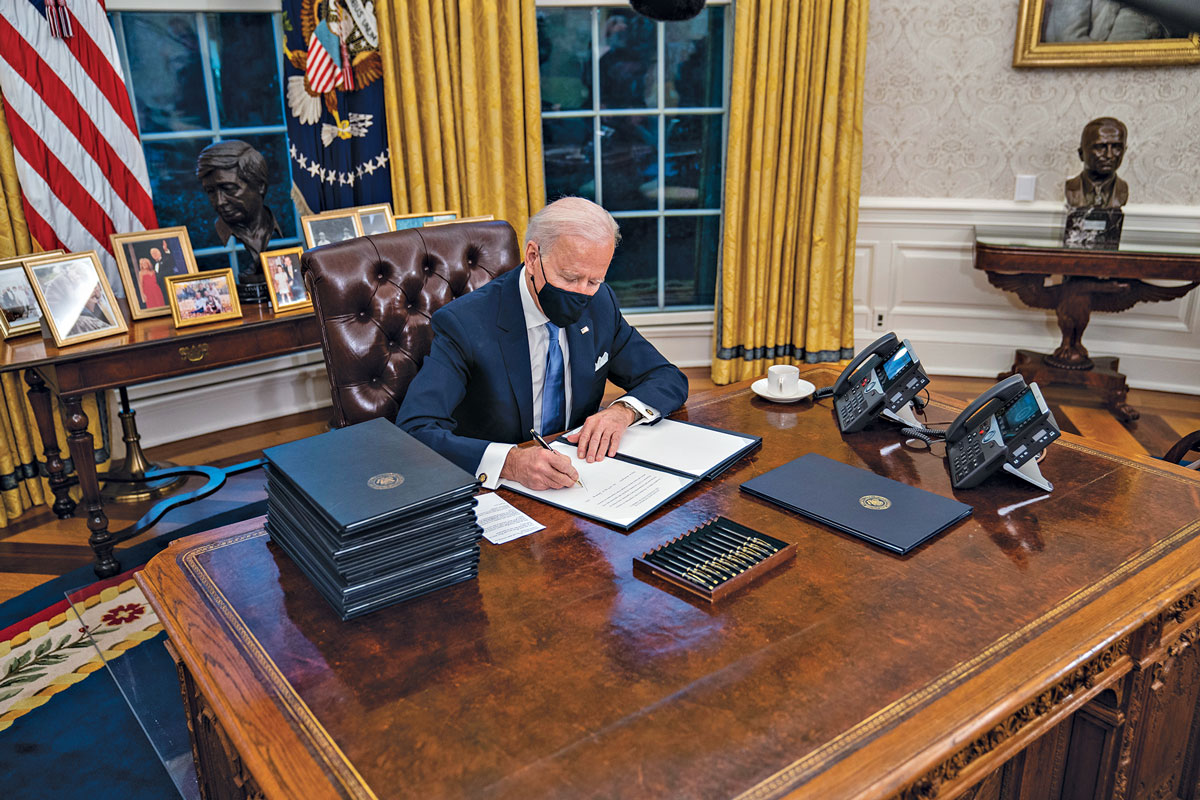
In his campaign, President Joe Biden pledged to set the US on a path to net-zero emissions of greenhouse gases by 2050 at the latest. His plans in large part hinge on switching the US to cleaner energy sources, an effort that would create research and development funding opportunities for chemists and materials scientists.
"These efforts require transformative strategies to develop new materials for overcoming the limitations of existing technology," says Prashant V. Kamat, a chemistry professor at the University of Notre Dame. "Chemists can make a major contribution to these efforts."
For instance, meeting Biden's goals will require the development of new materials for fast-charging storage batteries and of photovoltaic materials with a low carbon footprint, says Kamat, editor in chief of ACS Energy Letters. He points out that current silicon-based photovoltaics take about 3 years of operation to offset the greenhouse gases from their production. (ACS, the American Chemical Society, publishes C&EN.)
To help realize his climate goals, Biden chose people who have deep experience on climate change policy for top administrative positions. For instance, he picked Gina McCarthy, who led the Environmental Protection Agency at the end of the Obama administration, to oversee federal domestic action as national climate adviser. McCarthy is part of Biden's climate team, which also includes nominees to lead the Departments of Energy and the Interior, the Environmental Protection Agency, and the Council on Environmental Quality. Biden's secretary of the Department of the Treasury, Janet Yellen, told a Senate panel during her January confirmation hearing that she plans to create a "climate hub" at the department, which steers US economic and financial polices. Even Biden's selection for attorney general, federal appeals court judge Merrick Garland, has extensive experience in environmental law. In addition, Biden created a new White House entity—the Office of Domestic Climate Policy.
On his first day in office, Biden took a crucial step to rejoin global climate negotiations: he reenrolled the US in the Paris Agreement, reversing former president Donald J. Trump's withdrawal from that 2015 pact. Many scientific organizations, including ACS, and some chemical companies were disappointed in Trump's move, which left the US isolated from the accord that nearly all the world's countries belong to. Former secretary of state John Kerry, a foreign relations veteran and Biden's pick to be special presidential envoy for climate, is leading the path back to international engagement on climate.
Meanwhile, the Democrat-controlled Congress is poised to act on Biden's call for action on climate change and cleaner energy. But the going won't be easy.
Democrats hold a slim majority in the House of Representatives—as of C&EN's deadline, 221 versus 211 Republicans. The House will have an easier time moving legislation than the Senate, which is split 50–50. Vice President Kamala Harris will cast the deciding vote in any Senate tie, giving Democrats an advantage. If Senate Republicans are united against a bill, all 48 Democrats and the two independents that caucus with them, Sens. Angus King (ME) and Bernie Sanders (VT), will have to join together to achieve a tie.
In addition, Biden's planned regulations to control greenhouse gas emissions and require cleaner energy production will, when finalized, likely end up challenged in federal courts. Their fate may ultimately rest with the US Supreme Court, with its 6–3 majority of conservative justices.


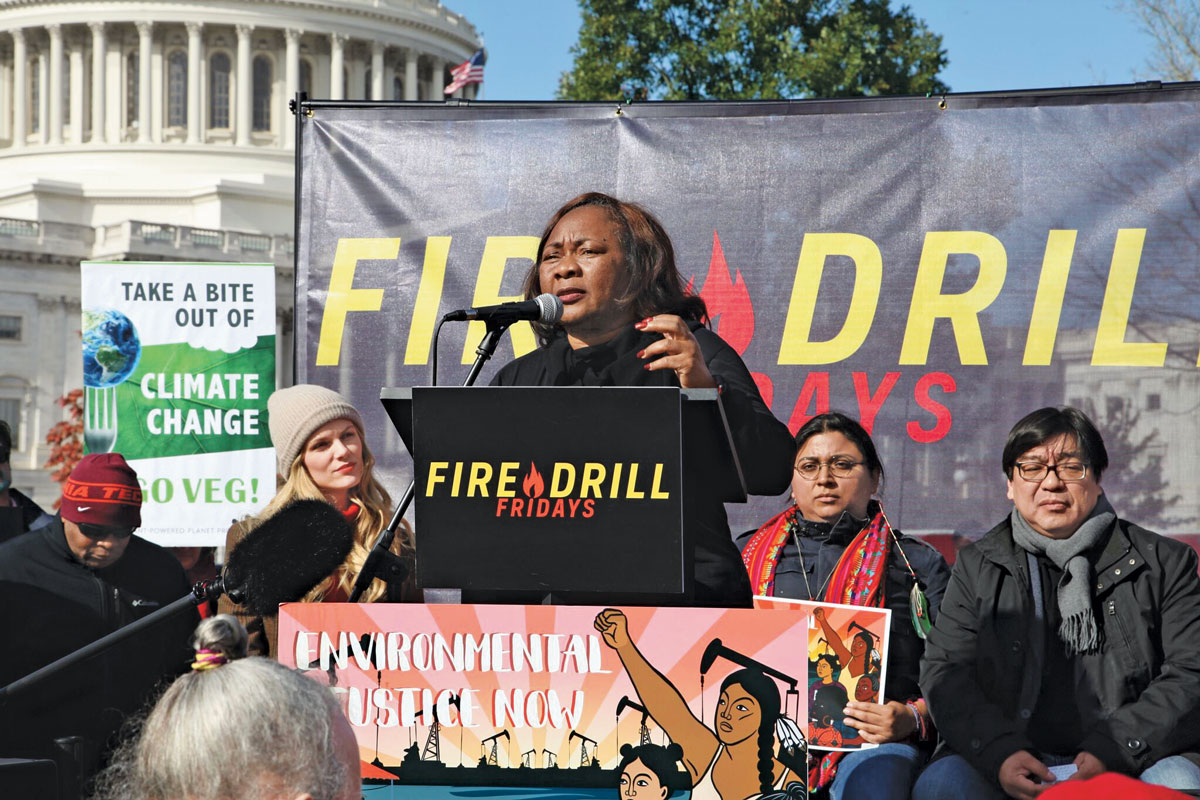

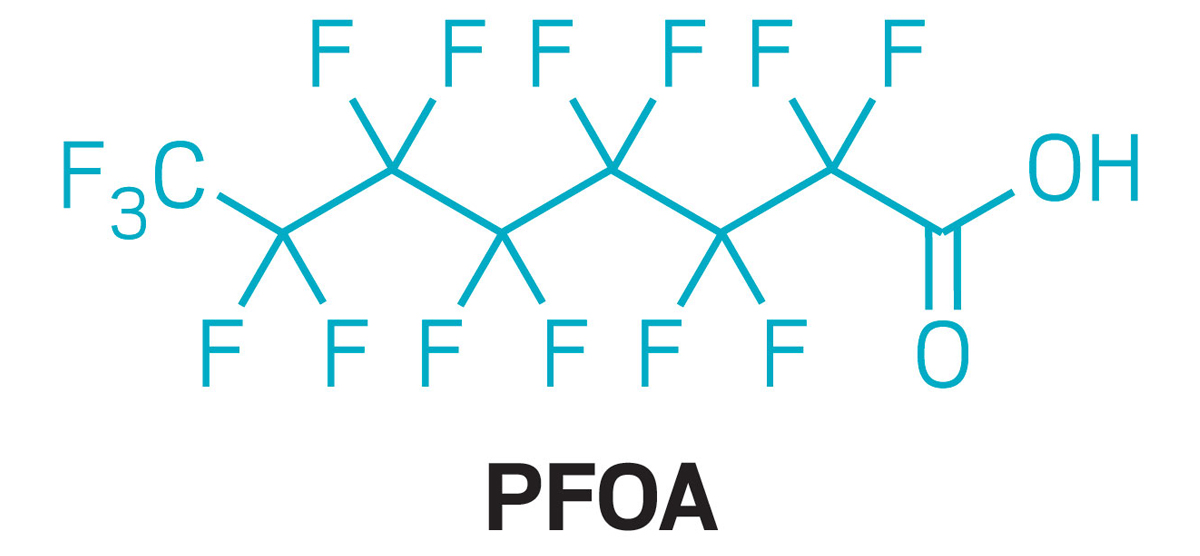
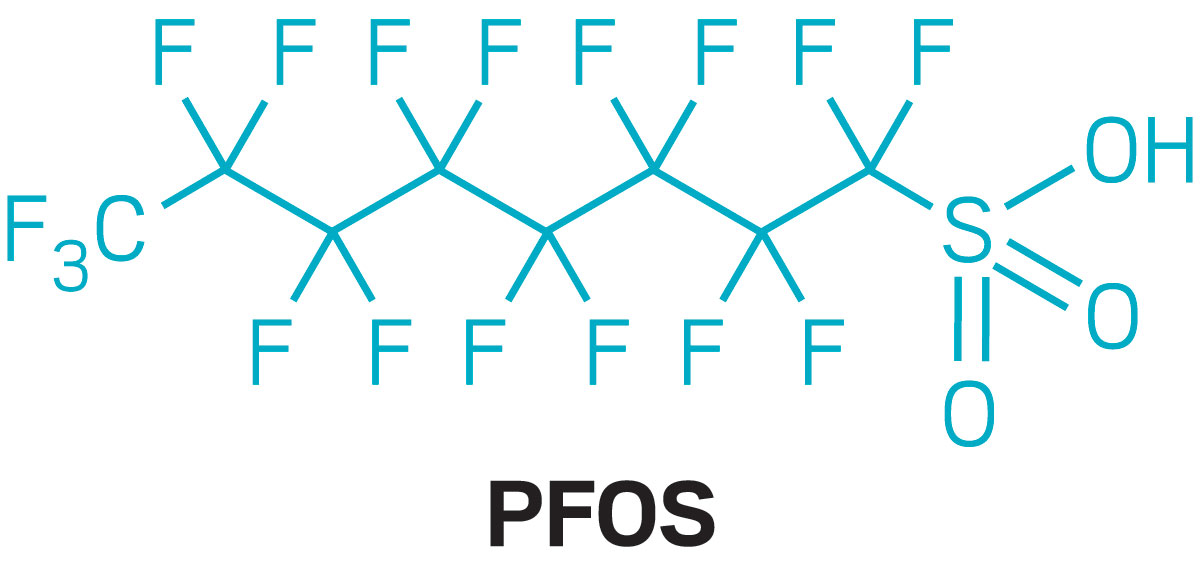

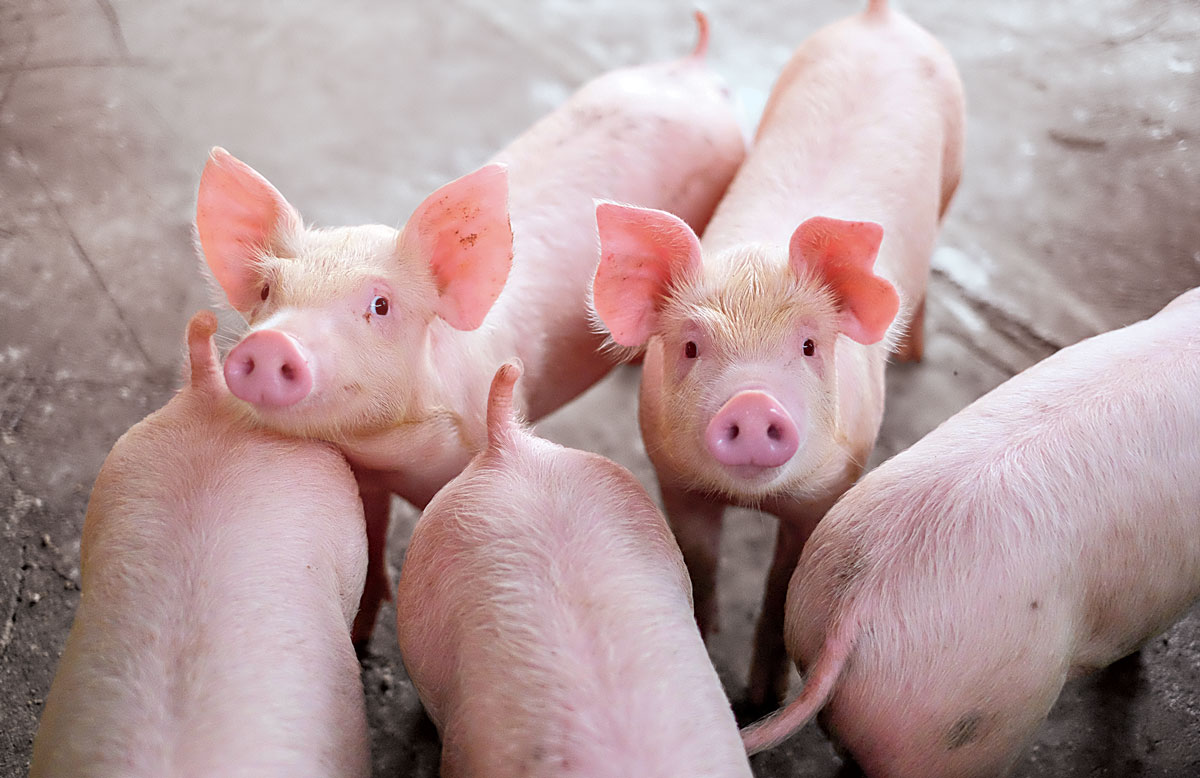
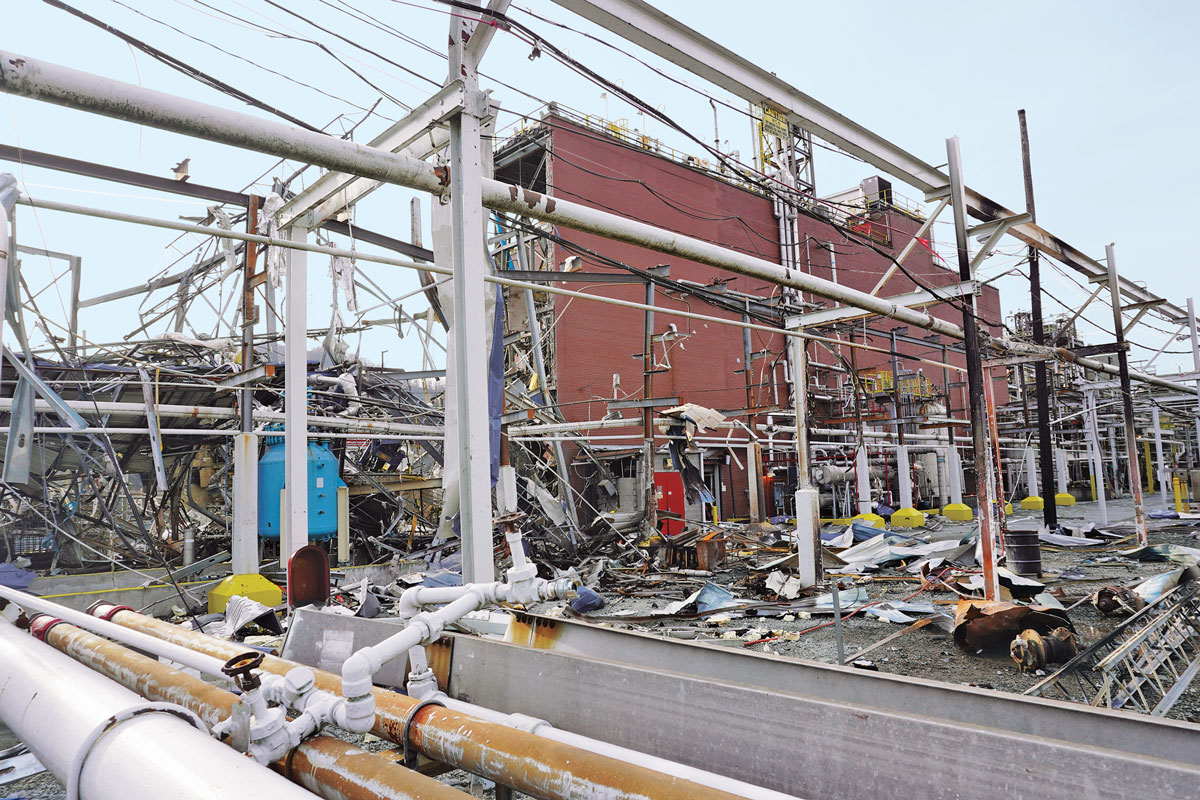


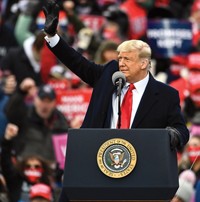

Join the conversation
Contact the reporter
Submit a Letter to the Editor for publication
Engage with us on Twitter